On August 4, 2025, thousands of citizens gathered in front of the Jiangyou City government to protest, which led to a violent crackdown by authorities and resulted in bloodshed. (Video screenshot)
[People News] The anti-riot incident in Jiangyou has calmed down locally, but its repercussions are still unfolding. What started as a case of campus bullying ultimately escalated into what some are calling a 'Little June Fourth' event. Analysts suggest that while the protests in Jiangyou may not lead to significant change, they play a role in spreading emotions and accumulating experiences. Their significance is likely greater than many realise.
The public uprising that began in Jiangyou on August 4 has been dubbed 'Jiangyou Little June Fourth' by some netizens, symbolising widespread disappointment with the abuse of power and judicial injustice. Despite the authorities' strong efforts to maintain stability, there appear to be no visible signs of protests remaining in Jiangyou at this time. However, the public discontent that has swept across the nation has not been quelled and continues to simmer. Angry netizens are employing creative and alternative methods to resist tyranny.
To amplify the voices of Jiangyou's citizens, netizens collectively inundated the official live broadcast room of Xinhua News Agency during the Chengdu Universiade on the 7th, which led to a temporary interruption of the live stream.
Recent screenshots of orders circulating on social media reveal that some citizens have used the Jiangyou City Police Department as the delivery address to order the "Constitution" from JD.com, mocking the police for their law enforcement violations. Others have gone so far as to order gardening supplies like "fresh ultra-stinky cow dung" to express their profound disdain for the authorities' actions. This form of "creative disobedience" has emerged as a new type of protest among the Chinese public under the constraints of speech censorship.
Political commentator Wen Zhao (Wén Zhào) remarked in a recent program that the events surrounding the Jiangyou incident demonstrate that the public has developed a certain level of resilience.
Starting on August 4, the Jiangyou authorities began arresting individuals and even displayed some of the detainees in pig cages for public humiliation. However, the protesters did not back down; instead, their resistance intensified. From midnight into the early hours of the following day, police and special forces violently cleared the area, employing heavy-handed tactics to drive away or arrest unarmed citizens. Footage from the scene shows significant bloodshed. Some netizens shared stills from the film "Nanjing Nanjing," dubbing this incident the "Jiangyou Photography Studio" event, and sarcastically noted that the police's violent methods are even more brutal than those of the invading Japanese army depicted in the film: "The way they strike is reminiscent of the iron warriors resisting Japan—swift and ruthless."
Why did the Jiangyou authorities resort to such extreme measures?
Professor Ming Juzheng (Míng Jùzhèng), an honorary professor in the Department of Political Science at National Taiwan University, analyzed that after years of governance, the Chinese Communist Party (CCP) has reached a point where it cannot afford to be lenient. If their methods are too mild, they fear a backlash from the public and worry they won't be able to suppress dissent. "During the Tiananmen incident, the CCP even deployed tanks to crush protesters, so what does it matter if they injure you now? This is the logic of the CCP."
Professor Ming Juzheng remarked that, from another perspective, what is fueling the public's outrage? The anger of the masses is not a recent phenomenon; any event can spark a powder keg like a match.
"The public initially did not seek conflict; they came to demand justice for the bullied students. However, when faced with violent repression from the authorities, they had no choice but to resist and fight back. This is the result of a long-standing social atmosphere," Professor Ming Juzheng explained.
Wen Zhao believes that while the protests in Jiangyou were ultimately suppressed, each of these incidents reveals something new.
On October 13, 2022, just three days before the 20th National Congress of the Communist Party of China, Peng Lifang displayed two large banners with red text on a white background on the Sitong Bridge in Beijing, stating: "No nucleic acid tests, we want to eat! No lockdowns, we want freedom! No lies, we want dignity! No Cultural Revolution, we want reform! No leaders, we want ballots! We want to be citizens, not slaves!" and called for a "strike of classes, strike of work, and the removal of the dictatorial traitor Xi Jinping."
On November 24, a fire broke out in a residential building in the Tianshan District of Urumqi, Xinjiang, resulting in 10 fatalities and 9 injuries. The following evening, large-scale protests erupted in Urumqi. Beginning on the 26th, the white paper movement fully emerged, with demonstrations spreading to at least 21 provinces across China and numerous locations abroad.
This time, the Jiangyou revolution raised slogans demanding the "downfall of the Communist Party" and the "downfall of Xi Jinping."
Wen Zhao analyses that each protest reveals a clear trajectory. The awareness of resistance among the Chinese populace is being activated step by step and is deepening. The significance of this protest in Jiangyou has already evolved.
Jiangyou's ability to shout the slogan 'The Communist Party should step down' carries revolutionary significance, as it calls for fundamental and societal changes rather than merely addressing individual rights protection issues.
The protests in Jiangyou represent the largest mobilisation since 2025. Wen Zhao (文昭) noted that in the context of the Chinese Communist Party's internal and external challenges, these protests have articulated a clear vision for China's future. He stated, 'While small cities are places where contradictions can easily ignite, it is the protests in large cities that can truly lead to comprehensive and systemic changes.'
Since July, a series of social issues have surfaced in China. These include the lead poisoning incident at a kindergarten in Tianshui, Gansu, the case of residents in Hangzhou drinking sewage, the 'Liangzheng Jie' incident in Guangxi, the sexual harassment case at the Wuhan University Library, and the protests sparked by the bullying of a girl in Jiangyou. These events have gradually escalated public discontent to a boiling point.
Wen Zhao believes that the explosive incidents from July to August share a common trait: they are largely injustices stemming from privilege. 'There has been a rapid increase in public attention to privilege recently, and people's tolerance for it is quickly waning, leading to a surge of anger.'
Why has the anti-privilege sentiment transitioned from online complaints to offline protests at this moment in 2025?
Wen Zhao observes that China is swiftly approaching the final stage of a total social crisis. This stage is characterised by a rapid shift in public focus towards the political system. Consequently, society has become a powder keg of contradictions that the Chinese Communist Party is ill-prepared to handle. People are increasingly directing their anger towards the political system.
In an article by Wang Youqun from The Epoch Times, it is suggested that the Chinese Communist Party's (CCP) violent crackdown on protests in Jiangyou could lead to a greater awakening among the Chinese populace regarding their misconceptions about the CCP. This may result in more residents of Jiangyou, as well as more Chinese citizens and overseas Chinese, coming to understand the CCP's fundamental nature of being 'against the people' and opting to sever ties with the party.
(Originally published by the People News) △



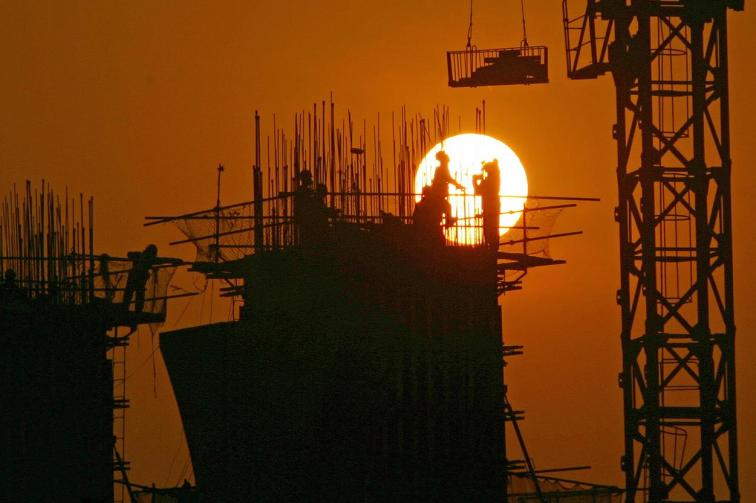

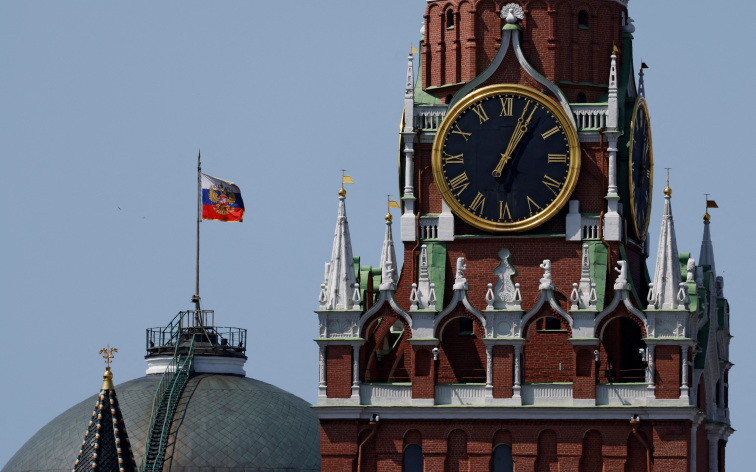
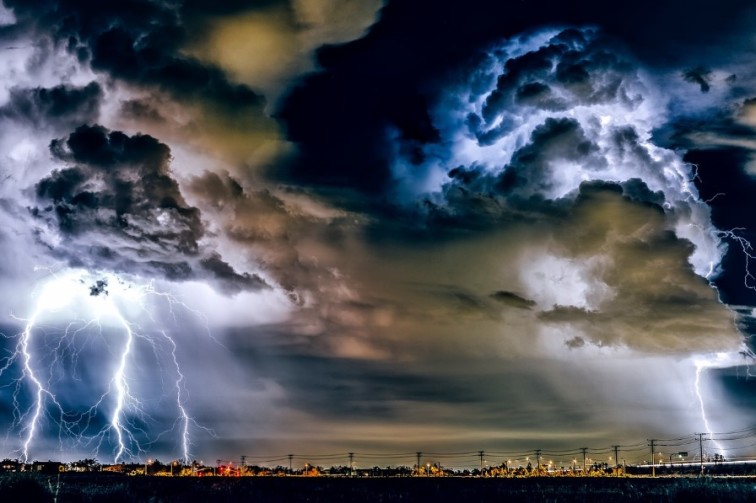
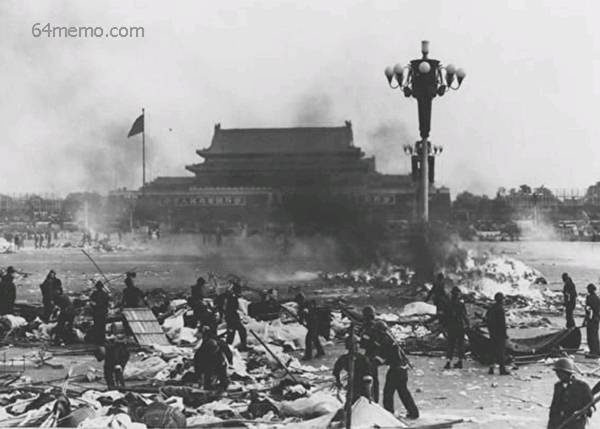
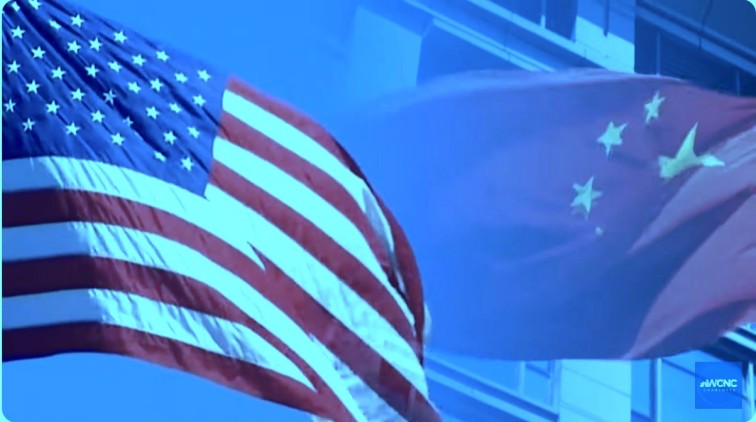
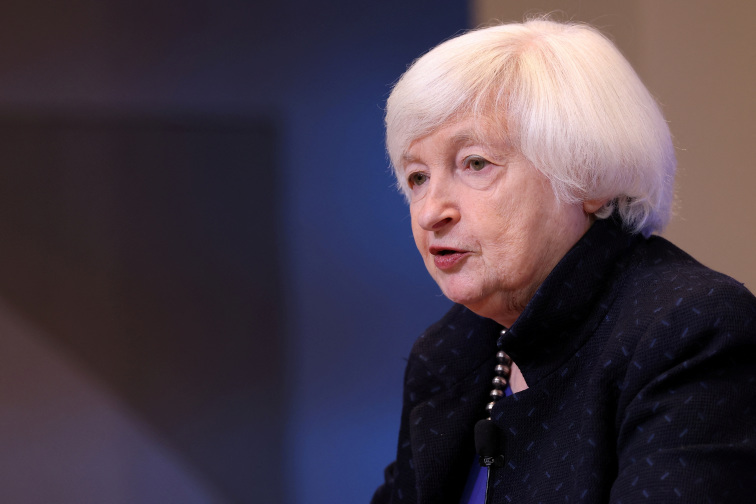

News magazine bootstrap themes!
I like this themes, fast loading and look profesional
Thank you Carlos!
You're welcome!
Please support me with give positive rating!
Yes Sure!